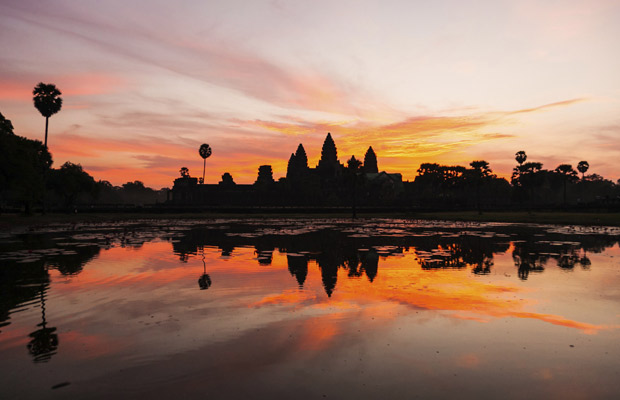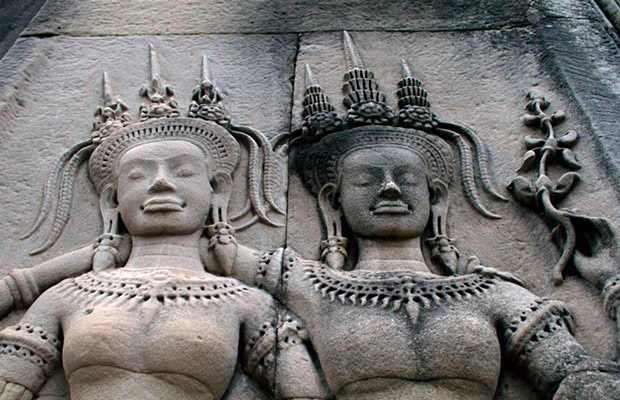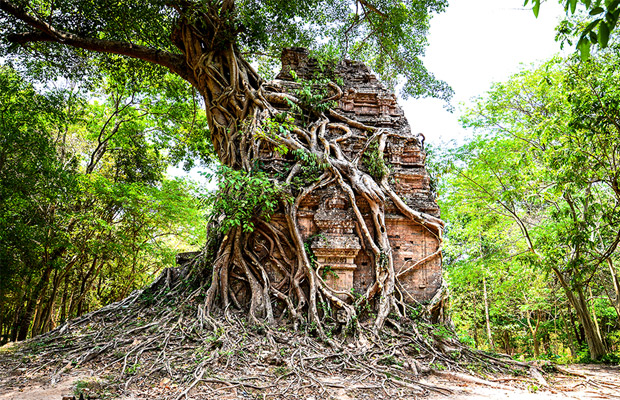Preah Palilay
Preah Palilay (Khmer: ប្រាសាទព្រះបាលិលេយ្យ [1]) is a temple in Angkor, Cambodia. It is located in Angkor Thom, 400 m north-west of Phimeanakas. This small Buddhist shrine in the leafy area north of the royal palace at Angkor Thom has a number of attractive features and is worth the small detour.
Preah Palilay (Khmer: ប្រាសាទព្រះបាលិលេយ្យ [1]) is a temple in Angkor, Cambodia. It is located in Angkor Thom, 400 m north-west of Phimeanakas. This small Buddhist shrine in the leafy area north of the royal palace at Angkor Thom has a number of attractive features and is worth the small detour.
History
The coexistence of Hindu and Buddhist elements and the lack of stela foundation or inscriptions make it very difficult to date this temple. It is generally attributed to the reign of Jayavarman VIII, but it seems difficult to explain how the Buddhist image could have survived the iconoclastic fury of that time. Perhaps it was built in different periods: the sanctuary in the first half of the 12th century while the gopura in the late 13th or early 14th century. The Chinese art historian William Willetts (1918-1995) believed that it dated from the time of Suryavarman II (1113-1149). [3] The temple was cleaned by Henri Marchal in 1918-19, while the gopura was restored by anasthylosis by Maurice Glaize in 1937-1938.
description
The temple has a cross-shaped terrace of 8.5 meters by 30 meters in length, with balustrades nāga of seven heads in good condition, to the east, protected by two decapitated dvarapalas and a lion (of two originals). A 33-meter long sidewalk connects it to the simple sandstone gopura. Before the 50-square-meter laterite enclosure, there is a shrine with a 3-m-tall Buddha statue seated on a lotus from a later period.
The gopura has three entrances, the north-facing pediment shows "the offering of the animals in the forest of Parilyyaka," where the Buddha retired after leaving Kosambi. It seems that the origin of Pralilay could have been the change of the name of Parilyyaka. [4] Other pediments show other scenes of the Buddha's life, including Sujata's rice-milk supply for the Buddha-to-be and the subjugation of the Nalagiri elephant.
The sandstone sanctuary is in a three-tiered attic, with 6 m overall height. It has a central square chamber of 5 m that opens to the four cardinal points with so many vestibules. Its classic, unfortunately ruined decorations suggest that the sanctuary belongs to the first half of the 12th century and is older than the gopura. Even the characteristic "chimney" tower above appears to be a later addition (Willetts identifying it as belonging to the period of Jayavarman VII), [6] perhaps a framework for a cover.
Some parts of the pediments have been removed to guard, others are lying on the floor. The visible parts show Indra on his mount, the elephant Airavata and the assault of the demonic army of Mara.
At present, there is a small Buddhist monastery near the temple and the presence of the monks in their area is not uncommon.
View Mores Temple Guide
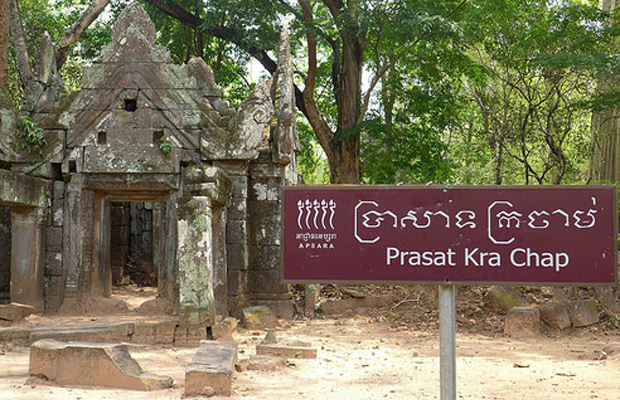
Prasat Kra Chap
Prasat Kra Chap is a compact temple comprising two rather well preserved gopuras and the ruins of five towers arranged in a quincun. Thanks to the surviving inscriptions on the doorframes, we know ...
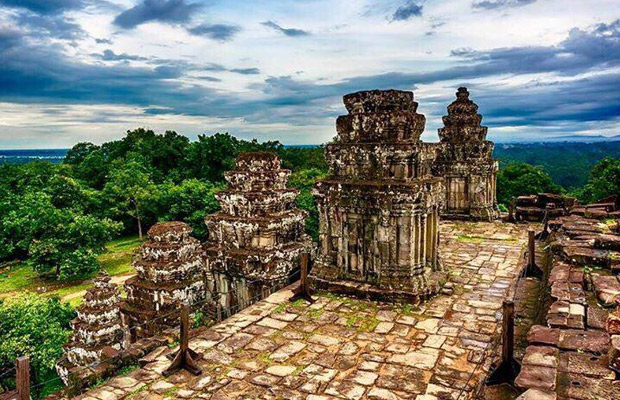
Phnom Bakheng
Phnom Bakheng in Angkor, Cambodia, is a Hindu and Buddhist temple in the shape of a temple mountain. Dedicated to Shiva, it was built at the end of the 9th century, during the reign of King ...

Chau Say Tevoda
Chau Say Tevoda is a temple in Angkor, Cambodia. It is located east of Angkor Thom, directly south of Thommanon, through the Victory Path (before the previous date and post-dates). Built in the ...
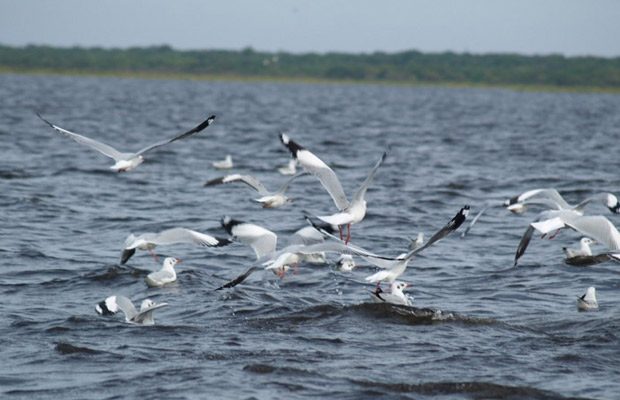
Siem Reap Bird Watch Day Tour
Find your bird specialist at your hotel and proceed with an air-conditioned car or minivan to the boats area. Transfer to a mini-boat, a special flat-bottom boat driven by experienced local drivers. ...

Ta Som
Ta Som is a small temple in Angkor, Cambodia, built at the end of the 12th century for King Jayavarman VII. It is located northeast of Angkor Thom and east of Neak Pean. The King dedicated the temple ...
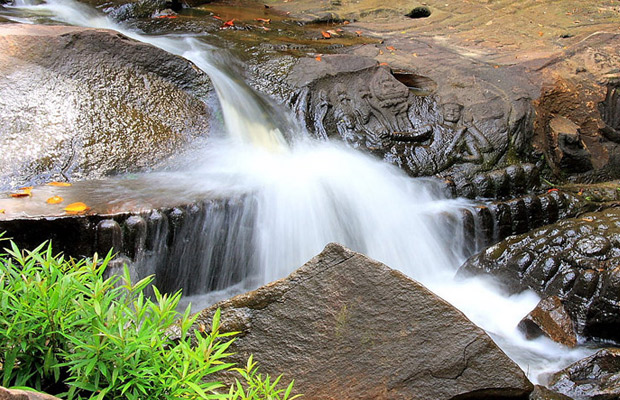
Kbal Spean
Kbal Spean is an archaeological site of the Angkorian era on the southwest slopes of the Kulen Hills, northeast of Angkor, in the Siem Reap district of Siem Reap province, Cambodia. It is situated ...

Ta Keo
Ta Keo had to be the state temple of Jayavarman V, son of Rajendravarman, who had built the Pre Rup. Like Pre Rup, it has five sanctuary towers arranged in a quincunx, built at the highest level of ...

Angkor Thom West Gate
The sidewalk at the west gate of Angkor Thom collapsed completely, leaving a heap of ancient stones coming out of the ground like victims of a terrible historical ...

Terrace of the Elephants
The Elephant Terrace (Khmer: ព្រះ លានជល់ដំរី) is part of the walled city of Angkor Thom, a ruined temple complex in Cambodia. The terrace was used by Angkor King, ...
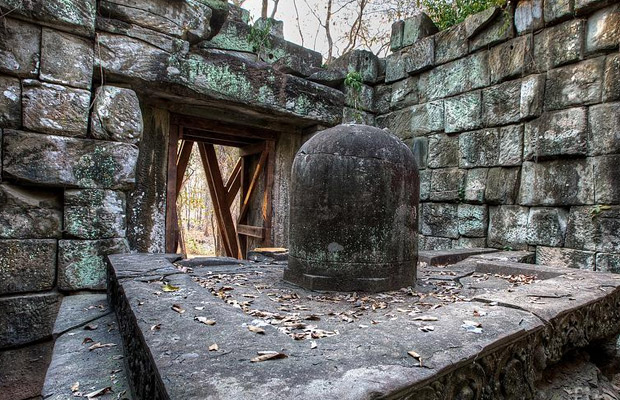
Prasat linga
The nearest monuments to the main temple complex of Koh Ker of Prasat Thom are five isolated temples belonging to the Northeast group. Each of them housed a monolithic decorated Lingam of enormous ...

Bat Chum
Bat Chum (Khmer: ប្រាសាទបាទជុំ) is a small temple built by Kavindrarimathana, a scholarly Buddhist minister of the Khmer king Rajendravarman [1]: 116 in the middle of the ...

Banteay Kdei Temple
Banteay Kdei (Khmer: ប្រាសាទបន្ទាយ ក្តី Prasat Banteay Kdei), meaning "The Citadel of Chambers," [1] also known as "Citadel of Monks" cells, [2] is a Buddhist temple ...




